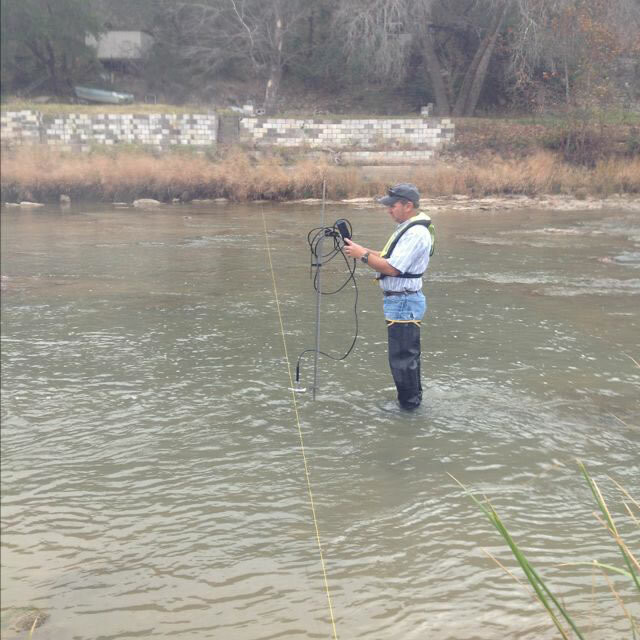USGS Method I-2880

As a result of elevated selenium concentrations, many western Colorado rivers and streams are on the U.S. Environmental Protection Agency 2010 Colorado 303(d) list, including the main stem of the Colorado River from the Gunnison River confluence to the Utah border. Selenium is a trace metal that bioaccumulates in aquatic food chains and can cause reproductive failure, deformities, and other adverse impacts in birds and fish, including several threatened and endangered fish species.
Salinity in the upper Colorado River has been the focus of source-control efforts for many years. Although salinity loads and concentrations have been previously characterized at the U.S. Geological Survey (USGS) streamflowgaging stations at the Gunnison River near Grand Junction, Colo., and at the Colorado River near the Colorado-Utah State line, trends in selenium load and concentration at these two stations have not been studied.
The USGS, in cooperation with the Bureau of Reclamation and the Colorado River Water Conservation District, evaluated dissolved selenium (herein referred to as “selenium”) load and concentration trends at these two sites to inform decision makers on the status and trends of selenium.

There are no products listed under this category.